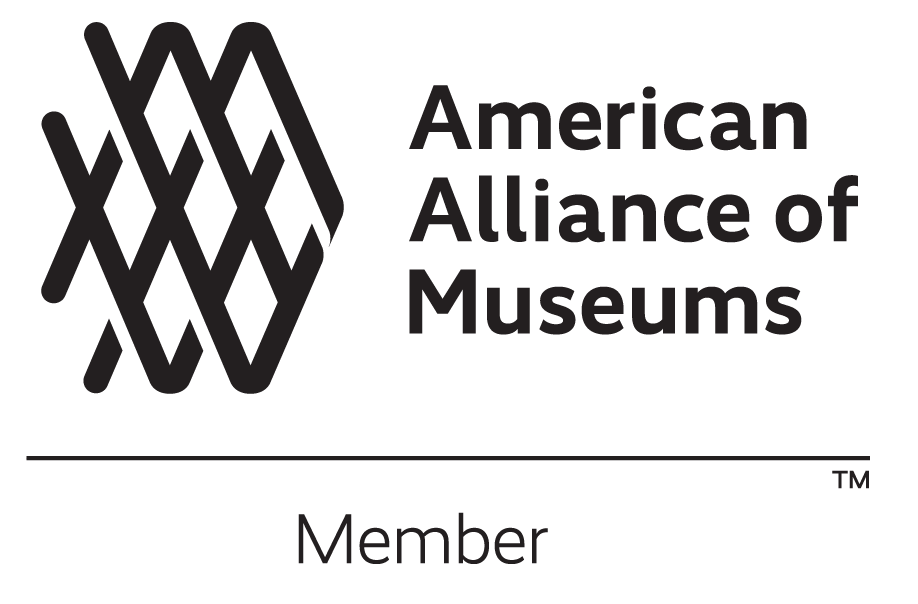Table of Contents
1. Signers of the Constitution
2. Molly Pitcher at the Battle of Monmouth
3. Nathan Hale’s letter to his brother Enoch Hale
4. Benjamin Tallmadge’s Orderly Book
5. Letter from George Washington to Elbridge Thomas Gerry
6. Camp Liquor Chest of Baron von Steuben
Signers of the Constitution
Signers of the Constitution
Thomas Pritchard Rossiter (1817-1871)
c. 1850-1867
Oil on Canvas
This painting illustrates the Constitutional Convention of 1787. Delegates were tasked with dealing with the issues of a weak central government under the Articles of Confederation. They created the Constitution which was ratified in 1789 and is still the basis for the United States Government.
Gift of John Schermerhorn Jacobus
1960.01.001
Tour
Thomas Pritchard Rossiter was born 1818 in New Haven Connecticut. He exhibited paintings at the National Academy of Design, as well as the Pennsylvania Academy of the Fine Arts and practiced many different styles of painting: portraits, historical scenes, biblical scenes, landscapes. He also painted many scenes from George Washington’s life as well as military, political, and domestic scenes.
Look at the painting. What do you think is going on? Do you recognize any of the people? What was happening in America around this time (1850-1867)?
This painting depicts delegates of the Constitutional Convention. After a four month convention, 39 delegates endorsed the Constitution on September 17, 1787. This signing took place at Independence Hall in Philadelphia, Pennsylvania. Washington sits on a dais above the delegates, overseeing the convention.
In the years leading up to the Civil War, artists (and the public) became very interested in artistic depictions of American history, particularly of George Washington. Washington represented an idealized American past, as well as the ideal American citizen. This painting was created in the years following the CIvil War, which ended in 1865.
Signing of the Constitution of the United States showcases the unification of the country: the Revolutionary War had ended, and George Washington presided over delegates who had come together to create the Constitution. After four years of Civil War, artists in the 19th century were eager to create scenes of national unity.
The mid to late 19th century also saw a growing demand for historical accuracy in depictions of the colonial era. Before painting Signing of the Constitution of the United States, Rossiter traveled to Philadelphia to look for existing engravings of the men who signed the Constitution. He modeled many of the figures in his painting after these engravings.
Look closely at the young boy in the foreground of the painting- we are given a glimpse into the artist’s process. There is a shadowy figure behind the boy, a figure that has been painted over. This shows us sort of an early draft of the existing painting, as Rossiter changed the position of some figures.
Pay close attention to Rossiter’s use of light: George Washington is surrounded by light streaming in from an unseen window, striking the wall behind him to create a halo effect. The light also falls on the American flag, and on the Constitution being signed. Rossiter uses light to draw the viewer’s attention to the most important aspects of the painting.




